The United States did not win the war in Vietnam. As my friend Ben Moskal likes to point out, the winning side doesn’t evacuate embassies and push helicopters into the sea like the US did in 1975. One of the main reasons the US lost this war was because military planners thought they could simplify warfare down to a mathematical equation. Transforming Vietnam into a war of attrition was never going to work. It doesn’t matter how many schools were bombed or rebuilt, how many villages were destroyed or Vietcong soldiers were killed – failure or success could not be measured quantitatively.
Vietnamese culture has existed for more than 2000 years. Almost the entire history of Vietnam has been one long struggle for independence. Vietnam gets its name from what the Chinese called the territory, “Nam-Viet,” which translates as “the southern country of the Viet.” For hundreds of years the Chinese also referred to the area as “Annam,” or the “pacified South.” The Vietnamese fought to expel the Chinese almost nonstop between 100 BCE and 543. Then again between 603 and 938. Then again in the early 13th century. (There was even a brief border war with China in 1979 after the US left.) The Vietnamese successfully repelled Kublai Khan’s Mongol invasion in the 1280s. When the French began colonizing in the mid-1800s, resisting foreign invaders was practically the defining feature of Vietnamese cultural identity.
During World War II the Vietnamese were a US ally against Japan. On September 2, 1945 Vo Nguyen Giap, a top general the US later fought in the Vietnam War, was quoted saying that the “United States of America paid the greatest contribution” to Vietnamese independence and that after the fight against “fascist” Japan “the Great American Republic is our good ally.”
Ho Chi Minh, the man who later became the leader of North Vietnam, sincerely believed that Franklin Roosevelt would support Vietnamese independence from France after the war was over. Ho is reviled in the American history books as a communist puppet. He had a fascinating early life as a cook on steamships, bouncing around the globe spending time living in France and the UK - and may have even lived in New York and Boston around 1913. He became a socialist and petitioned France to give equal rights to the Vietnamese at the 1919 Versailles Peace Conference that ended World War I. Inspired by the Bolshevik revolution he eventually moved to the Soviet Union in 1923 and played an active role in the Communist International, a world organization of communist parties. In 1930 he founded the Indochinese Communist Party. The dude’s communist bona fides are unquestionable. But at the conclusion of World War II, Ho felt his debt to the Soviets had already been paid. He personally told OSS (predecessor to CIA) Director Archimedes L.A. Patti “he was not a communist in the American sense: he owed only his training to Moscow and, for that, he had repaid Moscow with fifteen years of party work. He had no other commitment. He considered himself a free agent. The Americans [emphasis in original] had given him more material support than the USSR.”
Ho was hugely inspired by the American revolution. As World War II ended he penned a Vietnamese declaration of independence based off Thomas Jefferson’s famous document. At a press conference he made a speech that began, “All men are created equal. The Creator has given us certain inviolable Rights; the right to Life, the right to be Free, and the right to achieve Happiness. These immortal words are taken from the Declaration of Independence of the United States of America in 1776. In a larger sense, this means that: All the people on earth are born equal; All the people have the right to live, to be happy, to be free.”
In the end all of Ho Chi Minh’s pleas for US assistance against the French were in vain. The US gave France $160 million to reinstitute its colony in Vietnam in 1947. With no help coming from the western powers Ho sought official recognition of Democratic Republic of Vietnam from the Soviets and the Chinese. What had been a decades-long colonial war before the 1940s was reconceptualized as part of the war against communism. Even though French prospects for victory seemed hopeless, the US pumped nearly $3 billion more into their Indochina War between 1950 and 1953. During the final climactic battle at Dienbienphu the US contemplated “loaning” the French an atomic weapon to use against the Vietnamese. After the offer was made by US Secretary of State John Foster Dulles and a horrified French Foreign Minister Georges Bidault rejected it, US Ambassador C. Douglas Dillon weakly blamed a miscommunication on “language difficulties.”
Before World War II, during the French colonial period, Vietnam had a semi-feudal social structure with a very small wealthy landlord class owning most of the land and a vast peasant population serving as tenant farmers. The relationship was paternalistic with the landlord giving money to tenants when there were pregnancies or someone died or a baby was born. In exchange tenants were treated like an inferior member of the landlord’s extended family. Tenants also had to give the landlord 40 to 60 percent of their annual crops. During the war against French colonialism Ho Chi Minh’s Vietminh forces (precursor to what Americans know as Vietcong) drove landlords into the cities and redistributed land to the peasant class.
After the loss at Dienbienphu France basically got out of the Vietnam business. In 1954 a provisional boundary was established to temporarily divide Vietnam into two separate territories, north and south, until national elections would be held and reunify the entire country. The Americans installed an upper-class Catholic named Ngo Dinh Diem as premiere in the brand-new Republic of Vietnam. In order to create a base of political support for Diem the CIA ran a scare campaign among Vietnamese Catholics in the north, spreading rumors that the Vietminh were going to start attacking them and shutting down their churches. Nearly a million people evacuated to the south with the help of the US Navy’s 7th Fleet. The new administration and officer corps for South Vietnam were predominantly selected from this minority Catholic power base. Unfortunately, the vast majority of the population was Buddhist, which created a massive social division between the government and the Vietnamese people. Even worse, once Diem was in power he began giving land back to the landlord class and demanding back payment for uncollected rents from impoverished peasants.
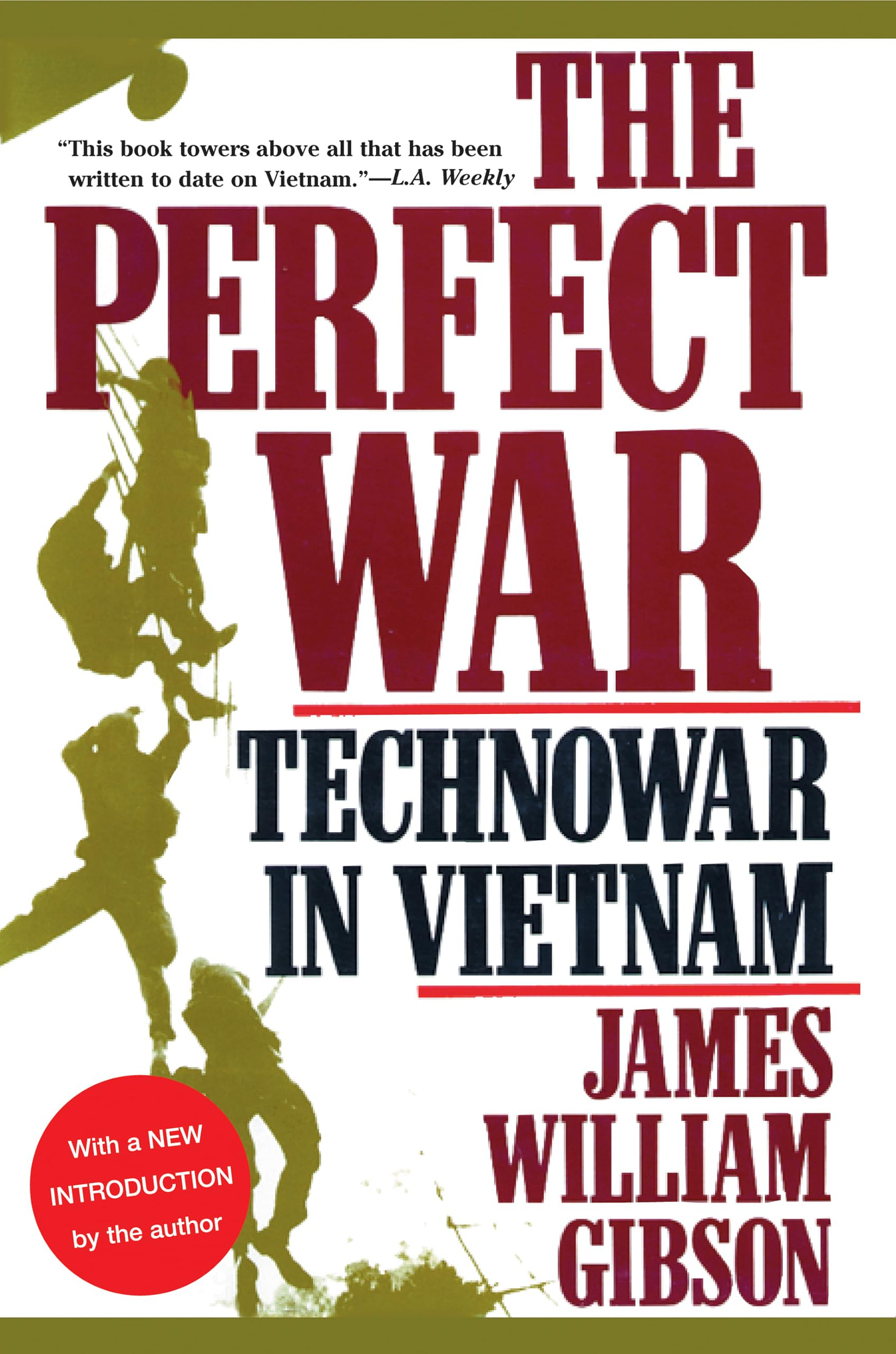
Gee, when you know that, it sure is hard to understand why the Vietnamese weren't ready to submit to colonialism all over again!
This is part 3 of a 4 part series on how capitalism lost the War in Vietnam. In my final post we will explore how the capitalist production model was never going to achieve what the US wanted - and why the US worked so hard to never learn any lessons from this war. If you've come this far you won't want to miss it. By the by, please check out the Vietnam playlist on my profile page for easy access to parts 1 and 2. If you want to be sure you don't miss the conclusion, please check out my linktree and sign up for my Substack so you can have my posts sent directly to your inbox.
Let’s make them pay.







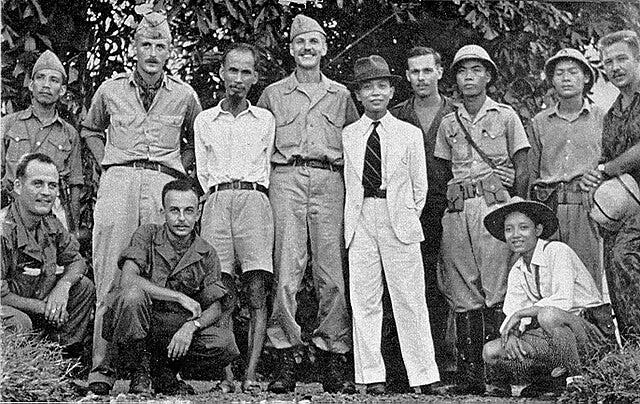
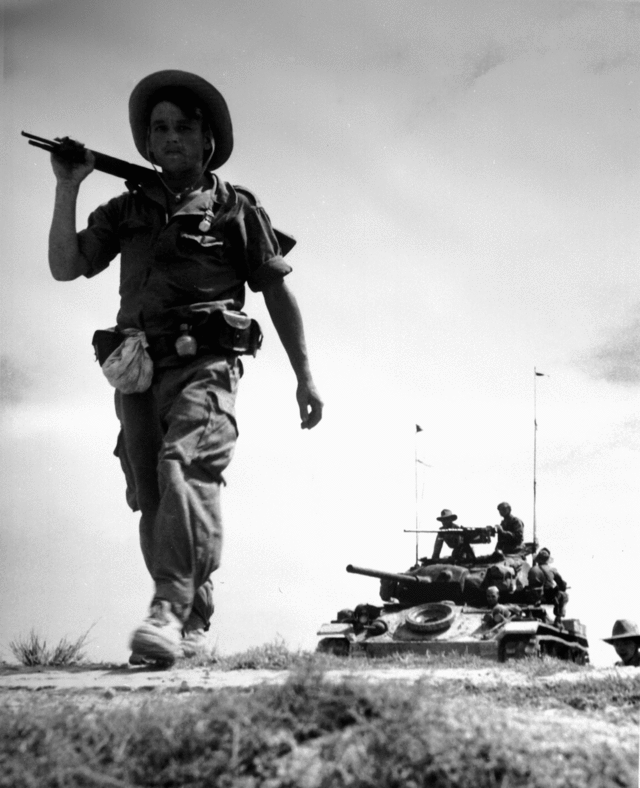
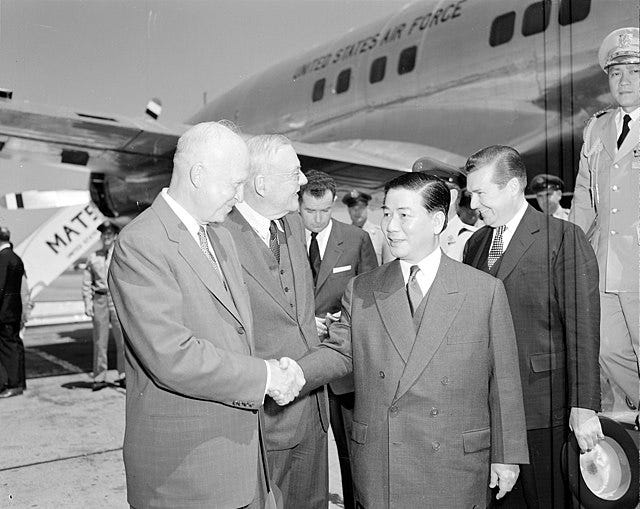




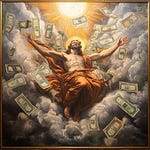




Share this post